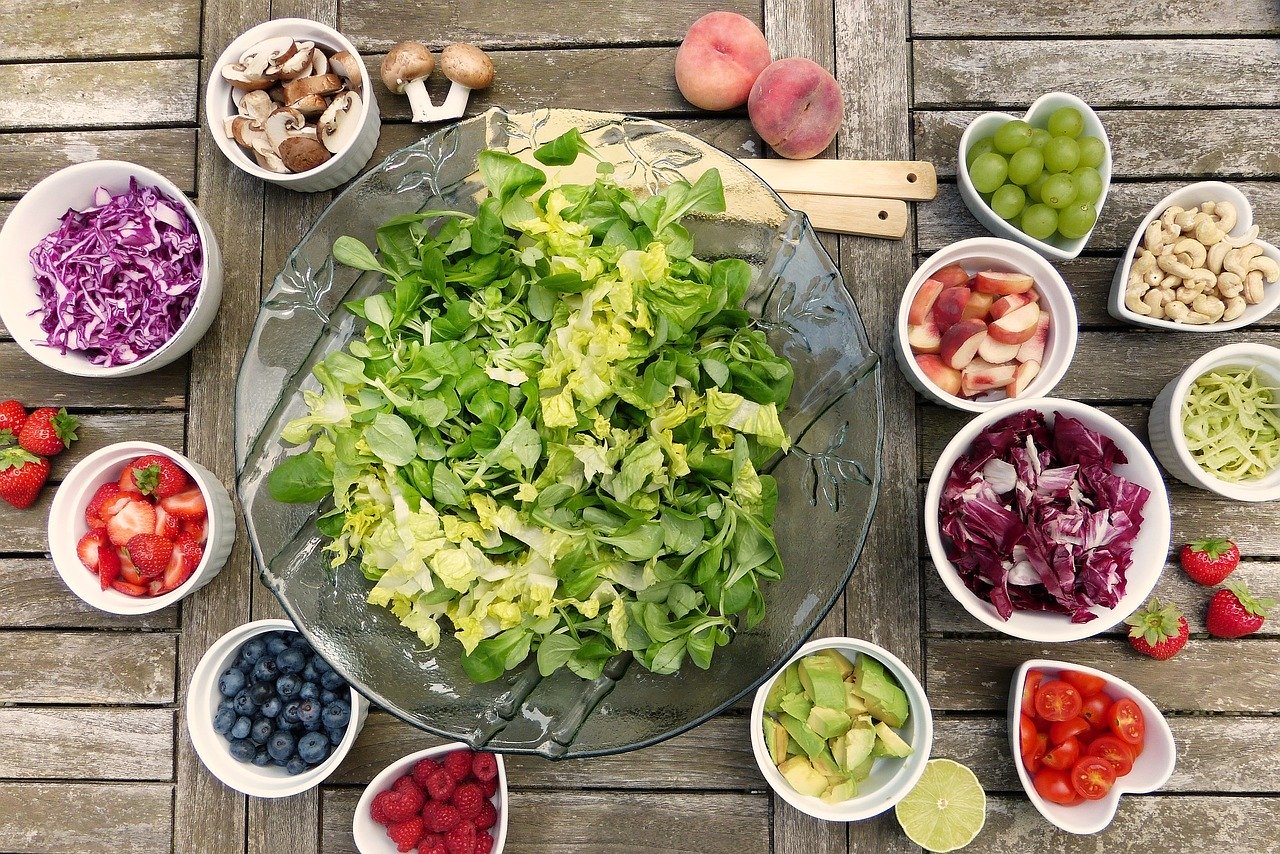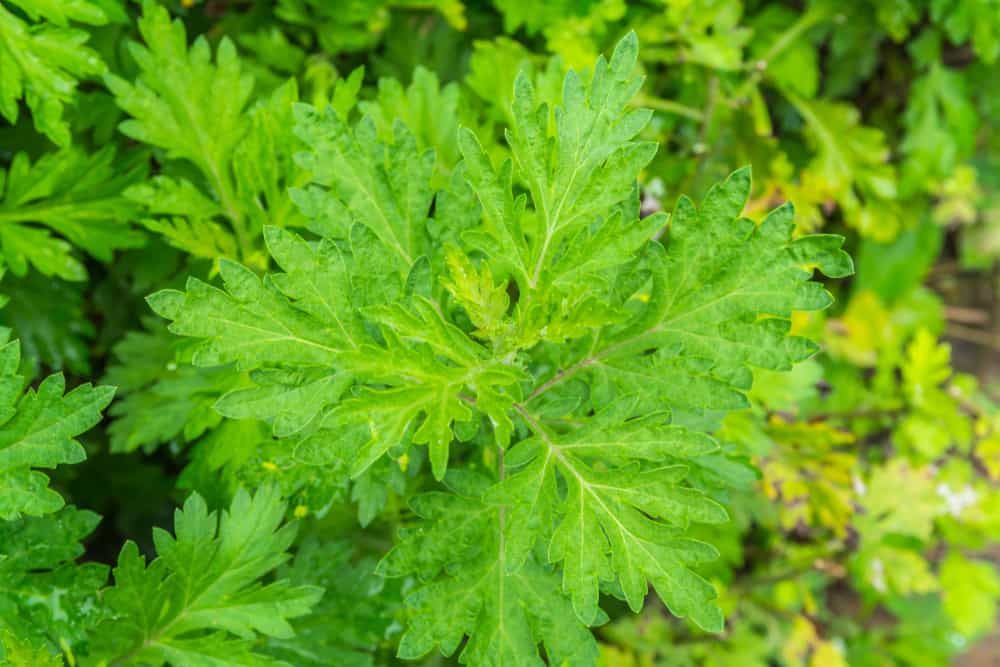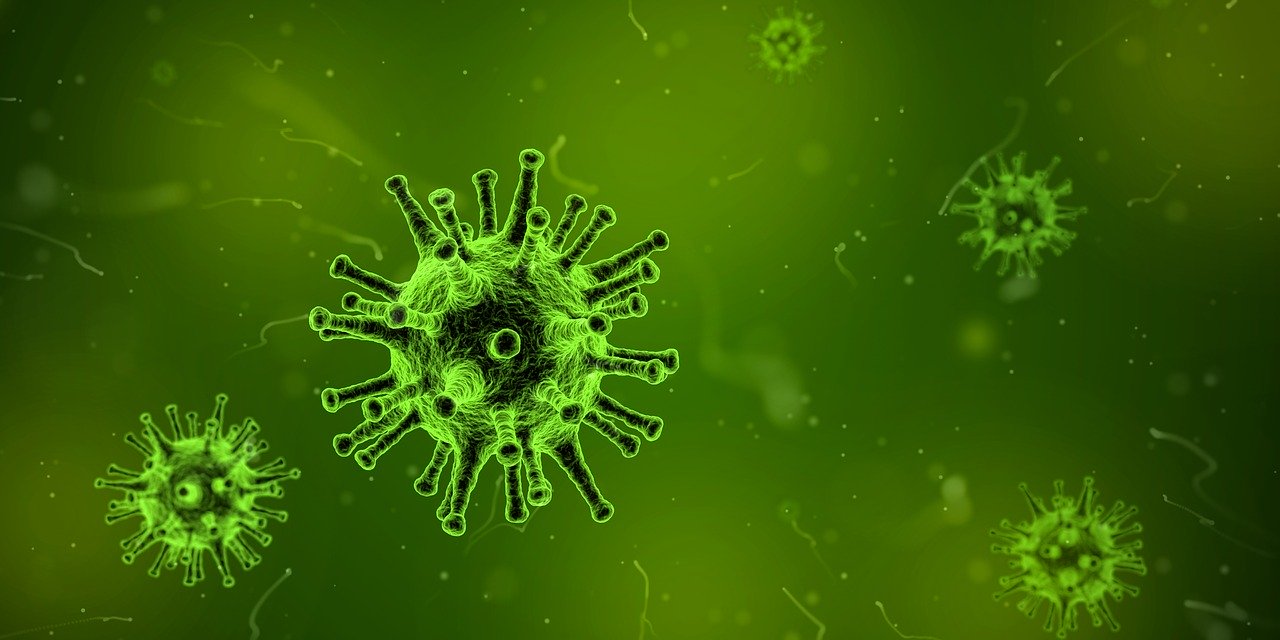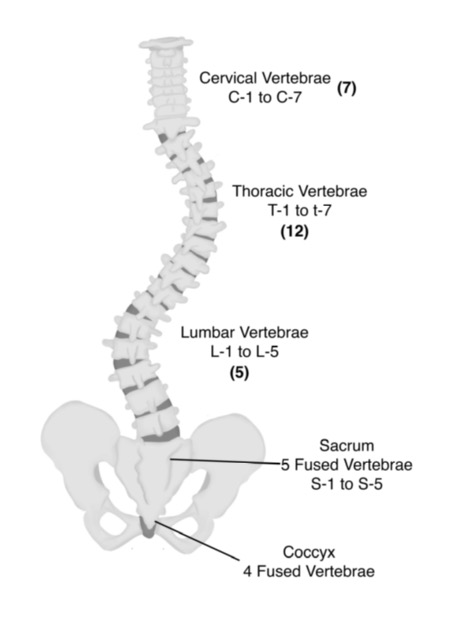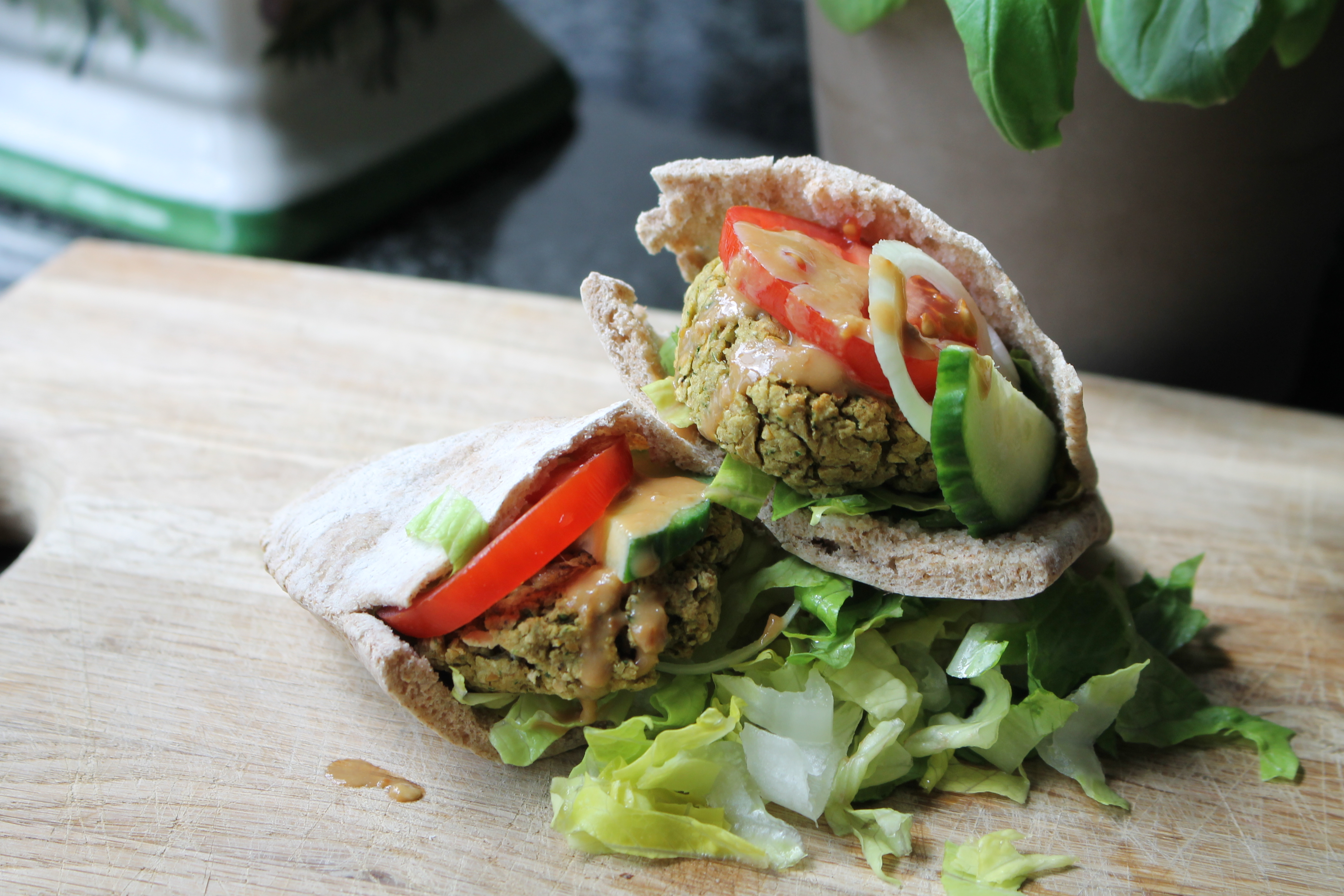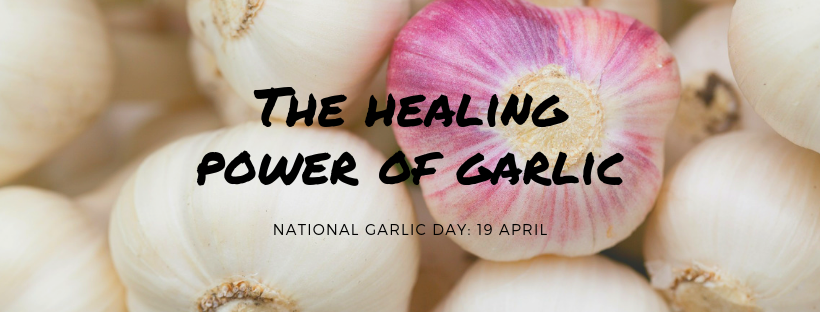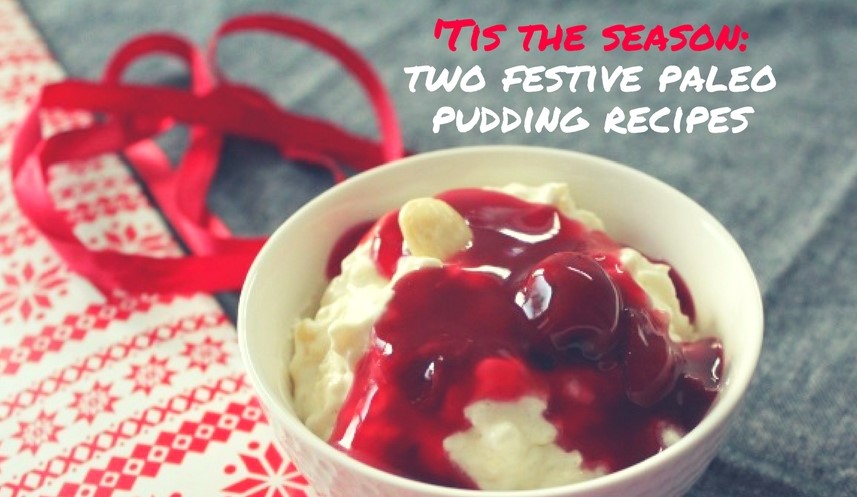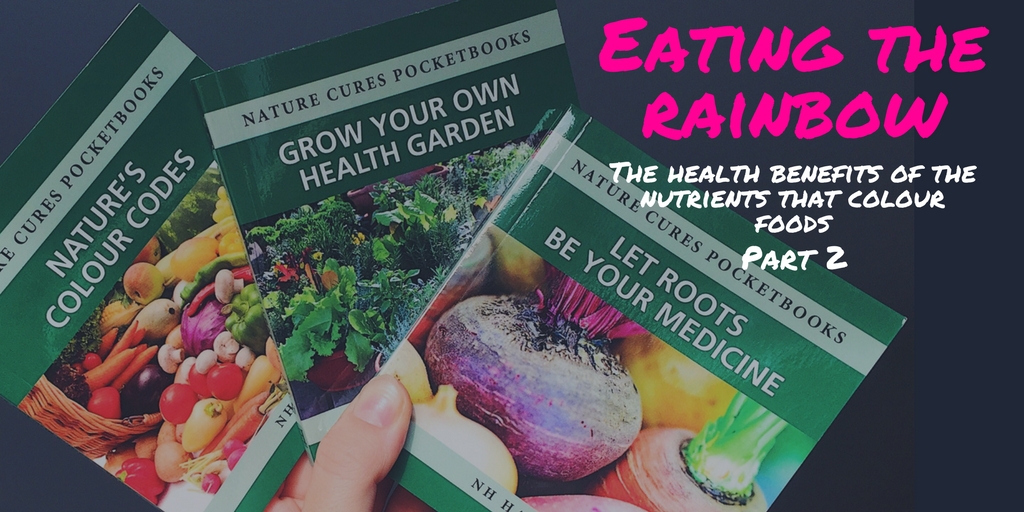
Blog post written by Hanna Purdy, author of Could it be Insulin Resistance?
As you know, 2020 has been a very challenging and eye-opening year for most of us. This year has made many of us realise how important maintaining a healthy lifestyle is in keeping us physically and mentally healthy and our immune functions strong. However, staying consistent with a healthy diet during the holiday season is, of course, a challenge. This is because most people believe that keeping healthy during Christmas means that they’re missing out on the festivity, as food contributes largely to what makes us feel “Christmassy”. It may be tempting to put your diet plan on hold and enjoy different desserts and beverages, but it’s important to know that neglecting this lifestyle for the entirety of the holiday season could make you easily relapse into unhealthy habits, making it very hard to return to the consistency maintained before.
The thought of eating healthier in the holiday season probably makes most people feel disappointed, as many believe that eating healthy is no fun at all, and a definite no during a celebratory season. However, this is not the case. Healthy eating can, indeed, be Christmassy too, contrary to the popular belief that sugary, high carb foods are essential in the “Christmas spirit”. It is important to detach yourself from this mainstream belief, as it simply isn’t true.
My family and I plan our menu for Christmas Eve, Christmas Day and Boxing Day well in advance. We cook and bake everything ourselves, which is, for us, a central part of Christmas as it is so enjoyable and really sets in the mood. One of the biggest differences between unhealthy and healthy foods specifically on Christmas (in my experience) is the impact they have on the way I feel both mentally and physically. Eating healthier makes me feel fresh, energetic and happy, whereas eating high carb, sugary foods has the opposite effect. This is how many people stick to a healthier diet and integrate it into their lifestyle, especially during Christmas, because they notice the impact it has and how much more enjoyable it makes Christmas feel.
Staying healthy is now more important than ever. If you are following a low carbohydrate diet in order to reverse insulin resistance, know that just because it means you need to stay healthy over the holiday season, doesn’t mean it will not be “Christmassy”. You may notice that food tastes better when there are no excess carbohydrates and sugar and, like I mentioned before, will leave you feeling great.
I have come up with a few recipes for you to try over Christmas. The side dishes below complement turkey or any other main course you choose to have. I have also come up with sweeter recipes with no added sugar. Of course, all recipes are perfectly suitable for those suffering with insulin resistance.
Wishing you a Merry Christmas and a Happy New Year!
Appetisers
Prawn salad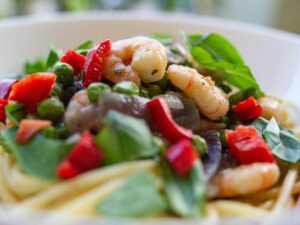
For 6
- 250g prawns
- 400g crème fraiche
- 1 red pepper, finely cut
- 1 boiled egg, finely cut
- 1-2 tbsp mustard
- juice of 1 lime
- pepper
- fresh dill
Mix the crème fraiche, egg, pepper, mustard, pepper and lime juice in a bowl, add the prawns and chopped dill.
Smoked salmon appetisers
For 6
- 200g smoked salmon, cut into bite size pieces
- 250 cream cheese
- 50g sour cream or crème fraiche
- handful of chopped fresh dill
- squeeze of lemon juice
- salt
- pepper
- iceberg lettuce for serving
Mix all the ingredients apart from the lettuce in a bowl. Serve on a small lettuce leaf.
Chicken liver pâté
For 6
- 400g chicken livers
- 2 tbsp Brandy
- 300g unsalted butter, diced
- 1 clove of garlic
- 2 small shallots, finely chopped
- 0.5 tsp dried thyme
- 0,5 tsp grated nutmeg
- salt
- pepper
Gently cook the shallots and grated garlic in a pan with about 30-40g of the butter, until lightly soft, about 5 minutes. Add the livers and cook for a further 4-5 minutes, until the livers are slightly brown on the outside. Add the Brandy and stir, then add the remaining butter and the thyme and nutmeg. Place then into the bowl of the food processor and pulse until smooth. Alternatively you can use a blender. Season with salt and pepper. Place into servicing bowl or a terrine dish. If you like, you can top this with 50g of melted butter or clarified butter(ghee). Cover with cling film and place into the fridge for at least 3 hours before serving.
Pickled onions
- 1 red onion, thinly sliced
- 100g cranberries (or lingonberries if available)
- 100ml apple cider vinegar
- 100ml water
- pinch of salt
Mix all the ingredients in a bowl and leave to marinate in the fridge for 1-2 days.
Side Dishes
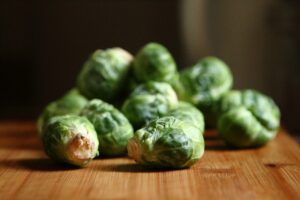 Brussel sprouts
Brussel sprouts
For 6
- 500g Brussel sprouts, trimmed and the outer leaves removed
- 1 onion, chopped
- 3-4 rashers of smoked streaky bacon, chopped
- few leaves of fresh sage, chopped
- olive oil
- knob of butter
Heat a drizzle of olive oil in a pan and cook the bacon until golden, add the onion and sage, turn the heat down and cook for 5-10 minutes until the onion is soft. Place the Brussel sprouts in a sauce pan with boiling water, boil for 5 minutes until just tender. Drain and then add to the bacon and onion mixture. Add a knob of butter and season.
Steamed red cabbage
- 500g red cabbage
- 2 tbsp butter or goose fat
- 1 cooking apple
- 500ml apple juice
- 2 tbsp apple cider vinegar
Cut the cabbage into think slices. Melt the fat in a large skillet or sauce pan, add the cabbage, chopped apple and the liquids. Bring to boil and simmer on low heat under a lid for 1-2 hours until the liquid has evaporated
Roasted swede wedges
- 0.5-1 swede
- olive oil
- salt
- dried rosemary
- dried thyme
- paprika
Peel and trim the swede and cut into bite size wedges or cubes. Preheat the oven to 200 degrees. Place the wedges evenly onto an oven pan lined with baking paper. Drizzle with olive oil and roast in the oven for 15-20 minutes until tender and golden brown. Season well.
Roasted butternut squash
For 6
- 2 small or 1 large butternut squash, peeled, seeded and cut into bite size chunks
- 1 red onion, cut into wedges
- 3 tbsp olive oil
- salt
- pepper
- 1 tbsp mustard
- 1 tbsp apple cider vinegar
- handful of fresh parsley
Preheat the oven to 180 degrees, place the vegetables into an oven pan lined with baking paper. Toss with olive oil and season with salt and pepper. Bake in the oven for 20-25 minutes until golden brown and tender. Mix together the mustard, vinegar and 1 tbsp olive oil, season with salt and pepper. Drizzle over the squash. Garnish with chopped parsley.
Red cabbage salad
For 6
- 500g red cabbage, sliced thinly
- 1 apple, cut into small cubes
- 5 tbsp lingonberries or cranberries
- 3 tbsp apple cider vinegar
- 4 tbsp olive oil
- salt
- pepper
- sprinkle of ground clove
Mix the cabbage and apple. In a separate bowl mix together the berries, vinegar and olive oil. Season and add to the cabbage. Mix well, keep in the fridge for 2 days before serving. This will keep fresh in the fridge for 1-2 weeks.
Desserts
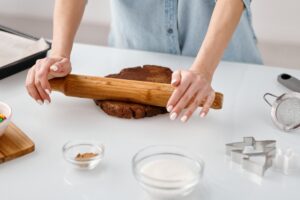 Christmas chocolates
Christmas chocolates
- 100 ml cacao butter, usually available in health shops
- 3 tbsp creamed coconut
- 100 ml cocoa powder
- 1 tbsp maple syrup or a pinch of stevia according to your taste
- vanilla according to taste
- pinch of salt
- 50g chopped almonds
- 10g dried berries of your choice
- small handful of other nuts if you like
Very carefully melt the cacao butter and creamed coconut in a sauce pan, avoid the mixture from getting too hot. Cool down, add the cocoa powder through a sieve, add the vanilla and some salt, mixing well. Mix in any berries or nuts, pour the mixture over a baking sheet and let it set in room temperature for 2-3 hours. Then cut or break into smaller pieces. Alternatively you can pour the warm mixture into chocolate moulds and cool in the fridge for an hour.
Chocolate truffles
- 300ml coconut cream
- 3 tbsp coconut oil
- 200g dark chocolate (over 70% cocoa)
- vanilla extract
- cinnamon
- cocoa powder
- shredded coconut
Warm the coconut cream carefully in a small saucepan . In another pan, carefully melt the chocolate and coconut oil. Add the warm coconut cream. Add vanilla and mix carefully. Let the mixture cool in the fridge for at least 4 hours or overnight. Once set, have small amounts of cinnamon, cocoa powder and shredded coconut ready on a plate, either mixed or in separate small piles. Then take small spoonfuls of the chocolate mixture or if difficult, form small balls with your hands, and roll them in the cinnamon, cocoa powder and/or shredded coconut and then place on the serving dish. You can also use ground nuts or ground dried berries to make different kinds of truffles.
Spicy ginger cake
- 4 egg whites
- 4 egg yolks
- stevia
- 200ml double cream
- 150g butter
- 150ml ground almonds
- 150ml coconut flour
- 2 tsp ground ginger
- 1 tsp ground all spice
- 1 tsp ground cloves
- 2 tsp baking powder
Melt the butter, and let it cool. In a separate bowl, mix all the dried ingredients. In another bowl whisk the egg whites and cream. Add the cooled butter and the yolks. Then add the dried ingredients carefully. Pour the mixture into a greased cake tin and bake in a pre-heated oven, in 170 degrees for 40 minutes. Serve with clotted cream.
Frozen berry dessert
For 4
- 400ml any frozen berries; red currants, black currants, blueberries and/or raspberries
- 3 leaves of gelatine
- 1 drop vanilla extract
- 400ml double cream
- dark chocolate for decoration
Place the gelatine leaves into a bowl of cold water for 5 minutes until they are soft. Place the berries into a small saucepan and gently heat for 10 minutes. Use a blender to make them into a berry sauce. Add the soft gelatine and vanilla. Whip the cream and then carefully mix into the berries. Divide between 4 dessert bowls and put into the fridge to set. They will be ready in 2 hours. Serve with some whipped cream and decorated with a piece of dark chocolate.
Chocolate mousse
For 4-5
- 200g good quality dark chocolate (real chocolate so cacao butter, NO vegetable fats)
- 500 ml double cream
- 2 eggs
Carefully melt the chocolate and let it cool. Add the eggs, mix well. Then add the cream and mix until well combined. Divide between 4-5 dessert bowls and let it set in a fridge for 1-2 hours.
Drinks
Mulled apple drink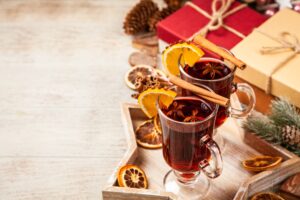
For 6-8
- 1l apple juice
- 3 star aniseeds
- 1 cinnamon stick
Put the ingredients into a saucepan and bring to boil. Turn off the heat, cover the saucepan with a lid and leave for 1-2 hours. Remove the start aniseeds and cinnamon stick and re-heat the drink. Serve warm.
Mulled wine
For 4-6
- bottle of red or white wine
- 1 tsp cloves
- pinch of ground ginger
- pinch of bitter orange peel (if available)
- 1-2 cinnamon sticks
- 1 star aniseed
- 1 tsp cardamom
- 1 tsp vanilla extract
Heat the ingredients in a sauce pan, on a low to medium heat, for 5-10 minutes. Avoid bringing to a boil. You can add a little honey or maple syrup if you prefer to bring in more sweetness.
Good life and good food!

